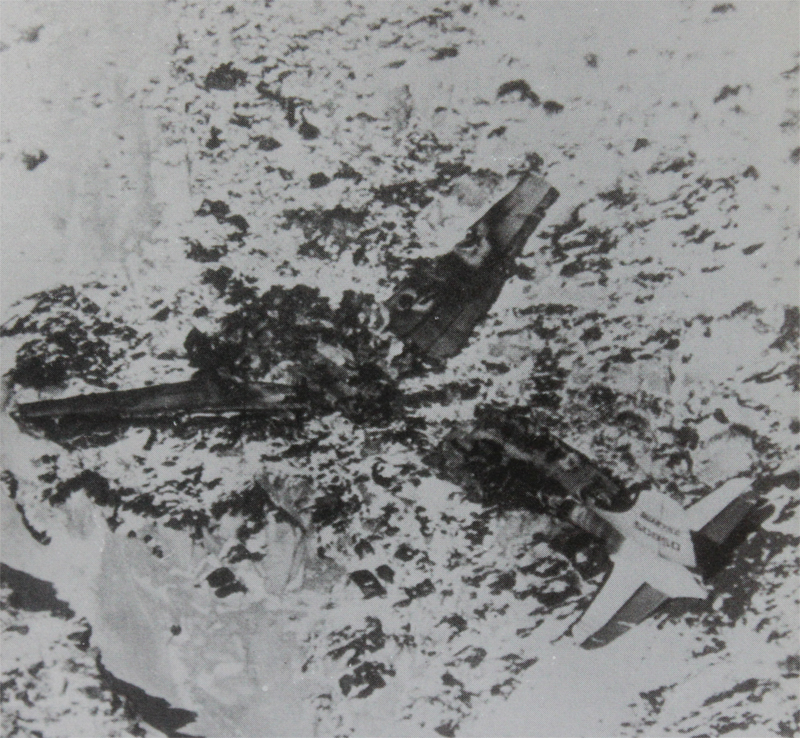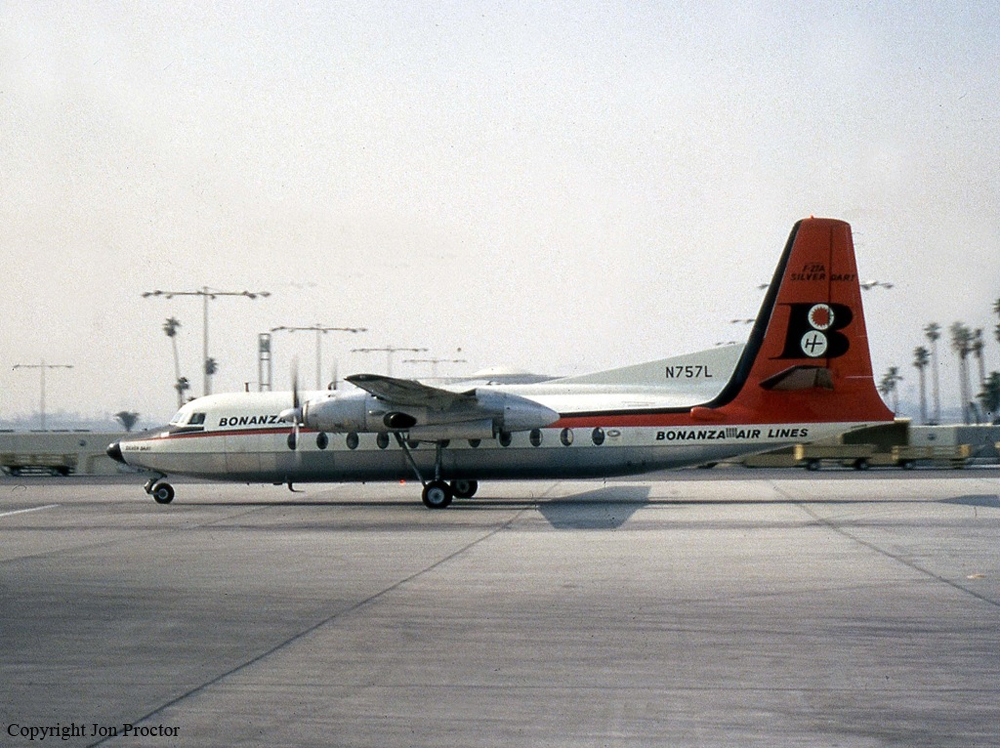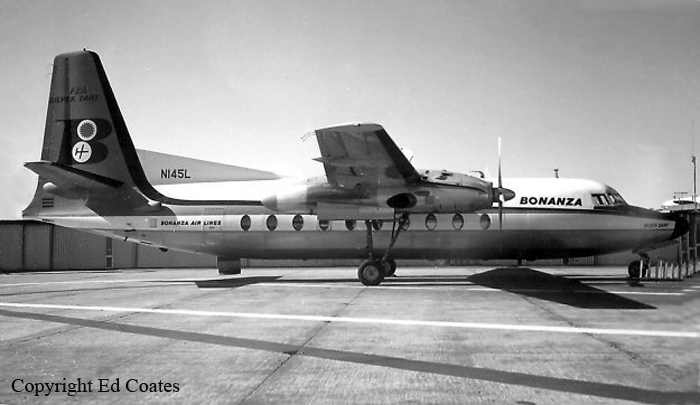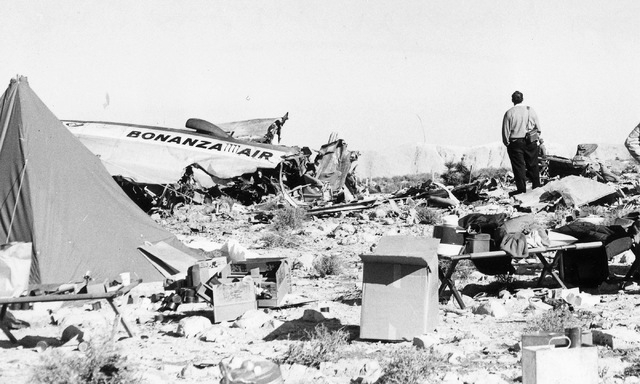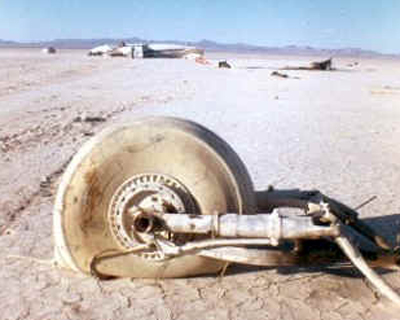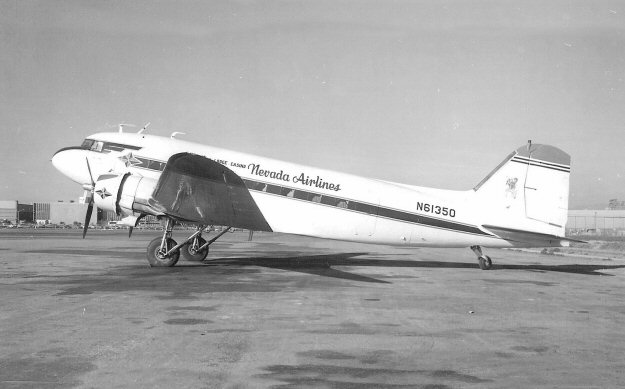Crash of a Lockheed L-1649 Starliner in Las Vegas
Date & Time:
Dec 9, 1968 at 1830 LT
Registration:
N7314C
Survivors:
Yes
MSN:
1016
YOM:
1957
Crew on board:
8
Crew fatalities:
Pax on board:
96
Pax fatalities:
Other fatalities:
Total fatalities:
0
Captain / Total hours on type:
1700.00
Circumstances:
After liftoff at McCarran Airport, while in initial climb, the crew raised the landing gear when two engines suffered a simultaneous loss of power. The captain initiated an immediate landing and the airplane belly landed on the runway and slid for few dozen yards before coming to rest. All 104 occupants were evacuated safely while the aircraft was damaged beyond repair.
Probable cause:
The accident was probably caused by the combination of the following factors:
- Aircraft improperly serviced by ground crew,
- Fuel contamination, improper fuel grade,
- Premature liftoff,
- Intentional wheels-up landing,
- Suspected mechanical discrepancy,
- Erroneously serviced with jet fuel,
- Aircraft airborne prior to V2 speed.
- Aircraft improperly serviced by ground crew,
- Fuel contamination, improper fuel grade,
- Premature liftoff,
- Intentional wheels-up landing,
- Suspected mechanical discrepancy,
- Erroneously serviced with jet fuel,
- Aircraft airborne prior to V2 speed.
Final Report:




